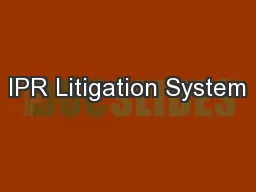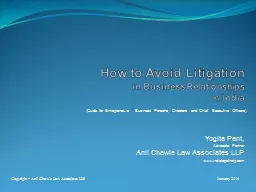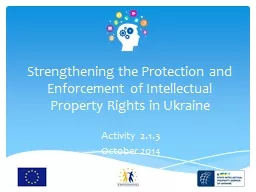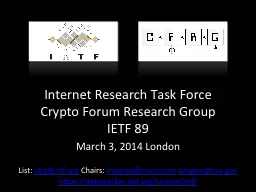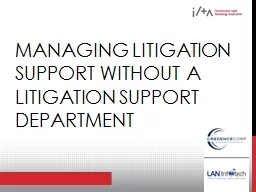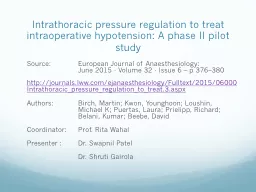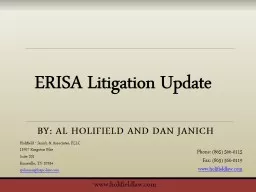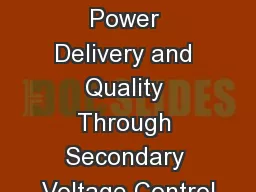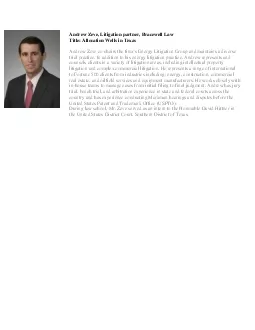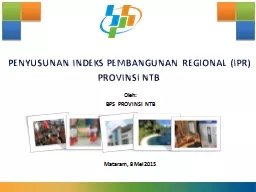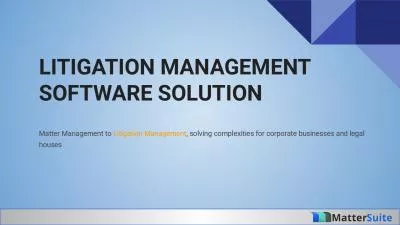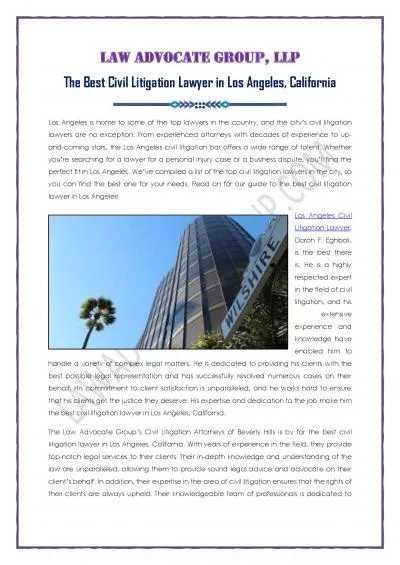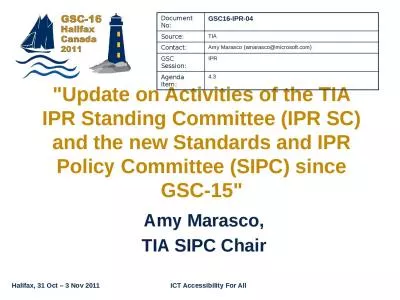PPT-IPR Litigation System
Author : aaron | Published Date : 2017-12-29
amp Recent Case in Korea HeeYoung JEONG Judge of Daejeon District Court KOREA April 22 2015 The IPR Litigation System Intellectual Property Tribunal IPT Administrative
Presentation Embed Code
Download Presentation
Download Presentation The PPT/PDF document "IPR Litigation System" is the property of its rightful owner. Permission is granted to download and print the materials on this website for personal, non-commercial use only, and to display it on your personal computer provided you do not modify the materials and that you retain all copyright notices contained in the materials. By downloading content from our website, you accept the terms of this agreement.
IPR Litigation System: Transcript
Download Rules Of Document
"IPR Litigation System"The content belongs to its owner. You may download and print it for personal use, without modification, and keep all copyright notices. By downloading, you agree to these terms.
Related Documents

